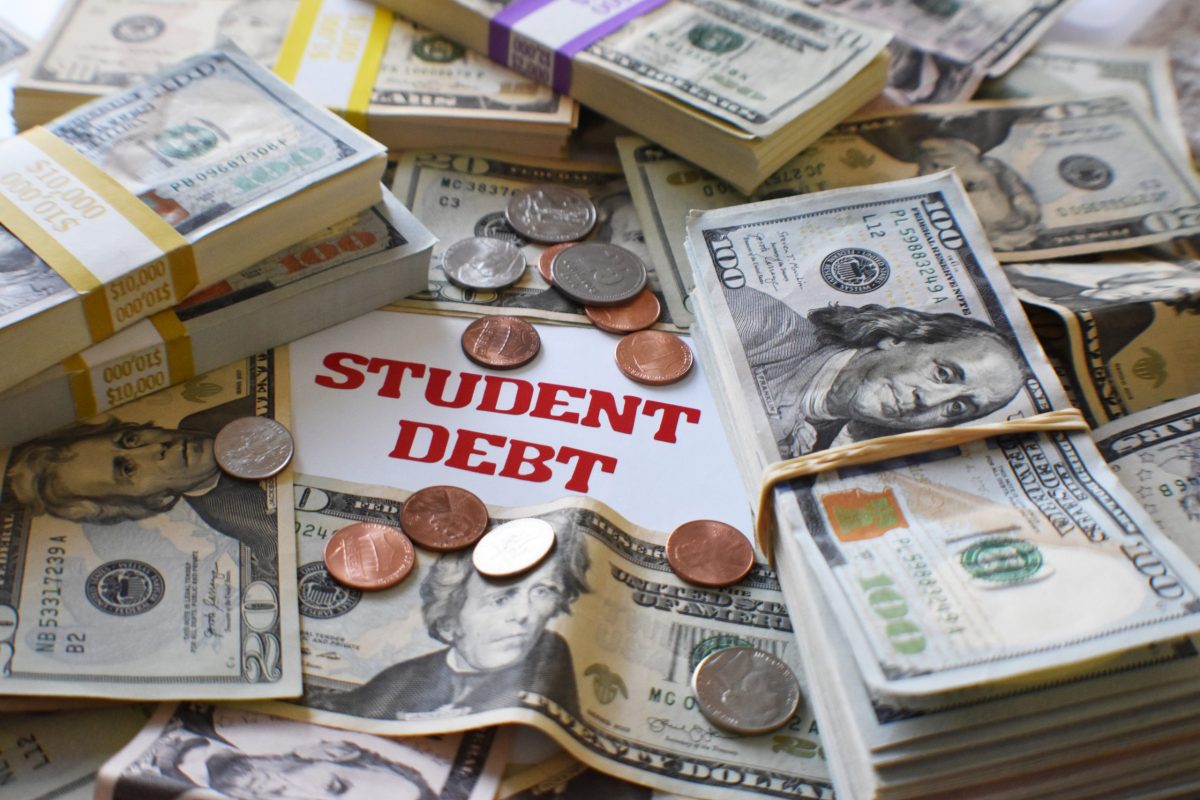
In Uncertain Times, Nonprofits Must Keep Up With Legal Compliance
04.11.2025 | Linda J. Rosenthal, JD

The “… troubled student debt relief program for teachers, police officers and other public service [and nonprofit-organization] workers will soon get the makeover that borrowers have been demanding.”
That story was “leaked” to National Public Radio only seven days after the deadline for public comments and ideas on how to fix the broken Public Service Loan Forgiveness (PSLF) program. See NPR Exclusive: Troubled Public Service Loan Forgiveness program will get overhaul (October 1, 2021) Cory Turner, NPR.
And just a few days later – yesterday: October 6, 2021 – the U.S. Department of Education formally announced the overhaul plan. See U.S. Department of Education Announces Transformational Changes to the Public Service Loan Forgiveness Program, Will Put Over 550,000 Public Service Workers Closer to Loan Forgiveness (October 6, 2021) DOE, Press Release.
Parts of the much-needed fix will begin immediately in a “temporary move using the department’s executive authority to retroactively relax the program’s rules to immediately help thousands of affected borrowers.” The second phase will be a “long-term renovation to make the program easier to navigate, achieved through the federal process known as rule-making….”
For a few years, we’ve been covering this important issue for nonprofits and their recent-grad workers, beginning with the former Administration’s wish-list in 2018 for Congress to “eliminate the Public Service Loan Forgiveness Program” entirely.
That did not happen but the problems in the program came into clearer focus as the first batch of student-loan borrowers completed their ten years of required employment in public service and nonprofit jobs. Instead of having their loans forgiven, as promised, almost 99% of applicants were denied this critical relief. See Public Service Loan Forgiveness: Glitches (April 15, 2019) [reviewing the background of this convoluted law from its enactment in 2007 through its years of massive administrative bungling].
In Nonprofits & Student-Loan Forgiveness: Action Needed (August 24, 2021), we again reviewed the history of this once-promising federal program and the deeply disappointing ways it had been operated. This time, though, there was good news to report. In a July DOE announcement, the agency made clear its commitment to quickly remedy all of these program hurdles and glitches. See We Want to Hear From You: Strengthening the Public Service Loan Forgiveness Program (July 23, 2021) Timothy Lawson, Official Blog of the U.S. Department of Education. [“Fixing the PSLF Program has been a priority for the Biden-Harris Administration since day one. While we have identified many opportunities for improvement by talking to experts and borrowers and reviewing our procedures, we want to hear from you as well. That’s why, today, we are issuing a Request for Information about PSLF.”]
The deadline for public comments was Friday, September 24, 2021; the National Council of Nonprofits had been urging our sector to “submit as many separate responses as possible.” We added our observation that “…[i]n the past, we’ve seen that federal agencies carefully consider these ‘public comments’ and often act favorably on them,” noting that the Treasury Department has revised certain proposed regulations in response to public input.
It’s still early days, but there’s already help to understand these new changes to the Public Service Loan Forgiveness Program and, particularly, how student borrowers can proceed to remedy prior rejections of relief. See, for example:
The Public Service Loan Forgiveness program was created in 2007 as a win-win-win for dealing with the rapidly increasing student-loan burden on the nation’s young professionals. It was designed to help “… struggling college grads as well as the nation’s government agencies and nonprofit organizations to lure needed talent away from the private sector which – generally – pays better than public service jobs.” It was also meant to alleviate the drag on the U.S. economy from debt-strapped workers unable to become consumers of automobiles and homes.
“Borrowers who devote a decade of their lives to public service should be able to rely on the promise of Public Service Loan Forgiveness. The system has not delivered on that promise to date,” said U.S. Secretary of Education Miguel Cardona, “but that is about to change for many borrowers who have served their communities and their country.”
— Linda J. Rosenthal, J.D., FPLG Information & Research Director
